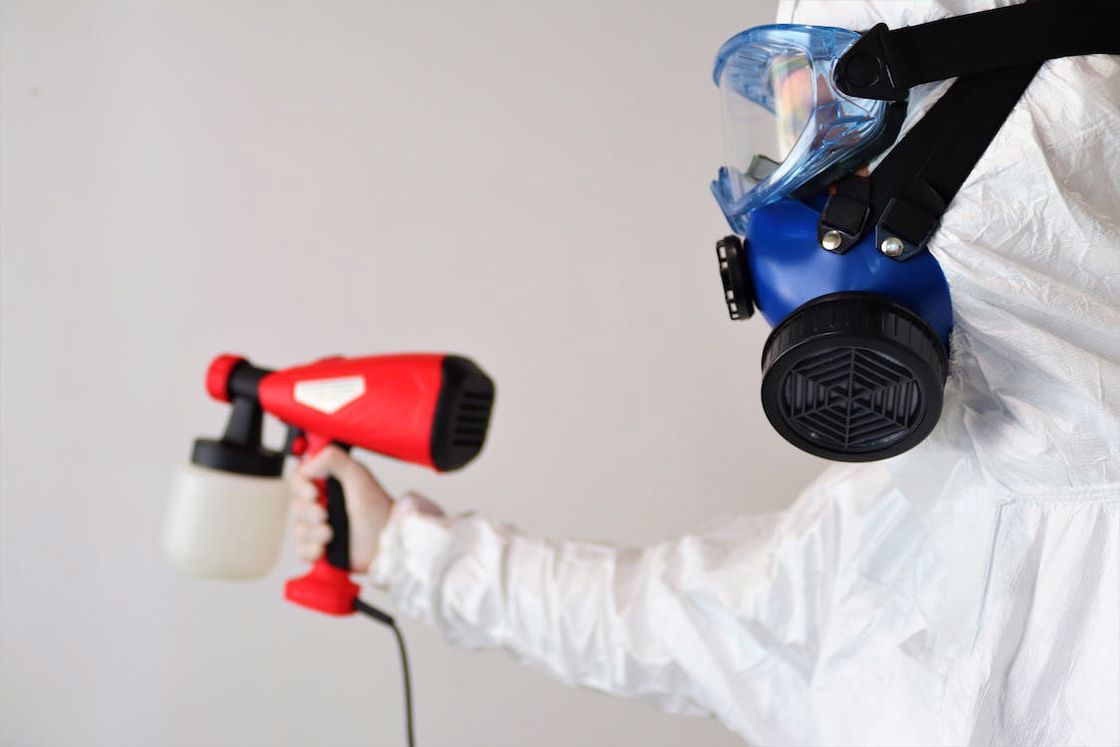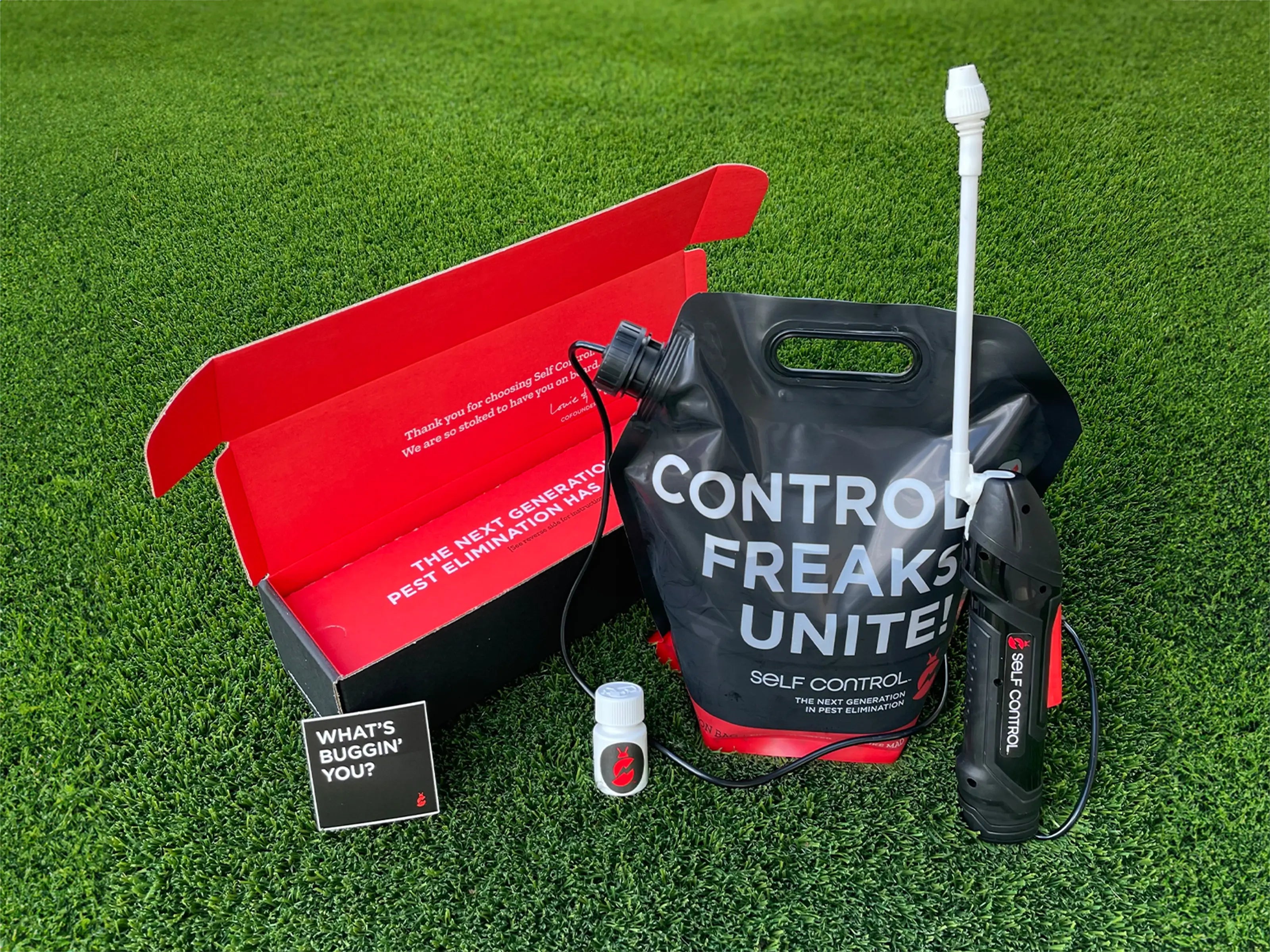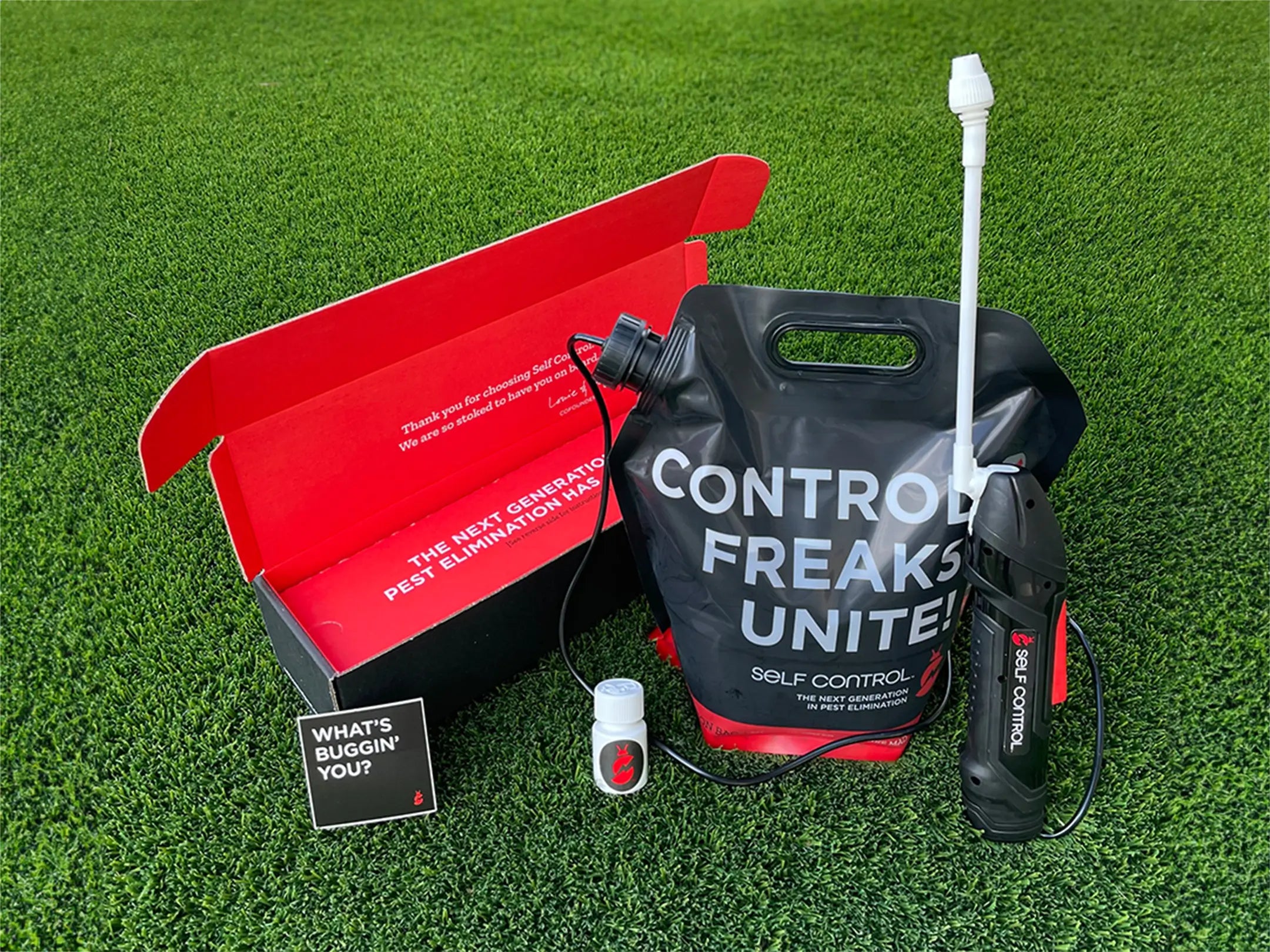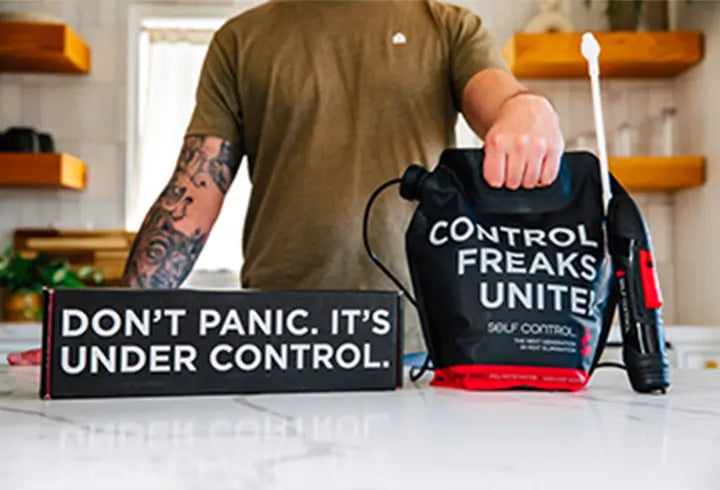
A pest infestation can be a nuisance, and getting rid of them faster is necessary for the safety of your family and the integrity of your home. That’s why regular pest control is necessary to ensure the proper containment of pests. So, how often does pest control need to be done?
How Often Does Pest Control Need to Be Done?
Pest control needs to be done quarterly (every three months) for the most common pests, such as cockroaches, ants, and rodents. This time frame keeps these pests at bay and also allows the pest control company to stay ahead of the problem. This duration is also cost-effective as it allows you to save money on the cost of regular visits.

For larger infestations such as termites, fleas, and bed bugs, you will need to increase the frequency of your pest control service, let's say, every month. This will ensure the pests multiply slowly to avoid causing havoc in your home. In these cases, you may want to opt out doing pest control yourself as it’s essential to contact a professional as soon as possible so they can identify the source of the infestation and begin treatment.
At Self Control Pest Solutions, we provide reliable pest management services tailored to your needs with customized pricing plans. Our highly-trained technicians are experts in their field and can handle any infestation you may face. We also schedule regular visits to ensure continuity of service and prevent any future infestations from occurring.
What Are the Different Types of Pest Control Services?
Before deciding on a pest management plan, it is essential to understand the different types of services available. The services include chemical, biological, physical, and electronic treatments. Here is the breakdown of each service:
Chemical Treatments
Chemical treatments involve using pesticides and insecticides to eliminate pests in your home or premises. These are typically used for large-scale infestations and are most effective when applied professionally since chemical pest treatments are dangerous to humans and can cause health issues if not handled properly.
In most cases, chemical treatments will require multiple applications to prevent re-infestation or to exterminate the pests completely. When properly applied, chemical treatment can be effective in eliminating pests quickly.
The following are some of the cautionary measures you must adhere to when using this method to eliminate pests:
- Wear protective gear such as gloves, goggles, and face masks.
- Ensure the area is well-ventilated to avoid toxic fumes.
- Keep pets and children away from the treated area.
- Always follow the instructions of the pest management professional to ensure the treatment is effective.
- Do not mix different chemical products. This may cause a reaction that could be hazardous to your health.

Biological Treatment
Biological treatment involves using natural organisms such as wasps, ladybugs, lizards, or spiders to control pets in your area. The organisms feed on these pests and help to keep their numbers in check. For instance, cats will prey on rodents, and ladybugs will feed on aphids. This method is always considered safe because it does not involve using chemicals.
However, this treatment may not be appropriate for specific infestations as the predator organisms may also feed on beneficial insects or plants. It also takes time for predators to affect the pest population.
Electronic Treatment
The electronic method is the latest form of pest management. This method uses electronic devices to detect and repel pests by emitting ultrasonic and electromagnetic waves undetectable to humans. The technique can control tiny pests such as fleas, mosquitoes, and cockroaches.
Some pest management companies advise using electronic systems and other methods, such as biological treatment. This is because electronic devices are only effective in controlling a specific range of pests and may not be enough to deal with an infestation.
Physical Treatment
The physical method is one of the easiest and does not require a complicated technique to eliminate pets. The method involves using simple traps and barriers to control pests in your home.
Traps are used for rodents and insects, while physical barriers can be installed around the perimeter of your home to prevent pests from entering. A mosquito net is an excellent example, as it prevents mosquitoes from biting people.
What Factors Influence the Frequency of Pest Control?
The frequency of pest management depends on various factors that every homeowner should consider. The following are some of the factors:
- The severity of the infestation: If you are dealing with a severe problem, you may need to call a professional pest maintenance more often to ensure that your home is pest free
- The type of pest: Different types of pests require different treatments; some are more difficult to eradicate than others.
- The region: Some regions are more prone to pest infestations due to the climate and humidity.
 What Are the Factors That Affect the Growth of Pest Population?
What Are the Factors That Affect the Growth of Pest Population?
Every homeowner desires to reduce the population of pests as much as possible to reduce the chances of a full-blown infestation. Various factors can contribute to the growth of the pest population, and understanding these will help you take the necessary steps to prevent it. Here are some of the factors:
- Temperature: Pests tend to thrive in warmer temperatures, so the summer months are usually the peak seasons for pest activity.
- Moisture: A damp environment is a breeding ground for various pests such as flies, mosquitoes, and cockroaches.
- Food: Pests are attracted to food sources such as garbage or pet food. If this food is not properly stored or disposed of, it can attract pests.
- Shelter: Pests are attracted to areas that protect them from predators or the elements. This includes cracks, crevices, and other hiding spots around the home.
Frequently Asked Questions
How Long Does Cockroach Spray Last?
Most cockroach spray lasts for more than three months since it has a residual effect that will continue repelling the pests even after it has dried. For the best result, ensure you spray after every three months.
Can You Stay at Home After Pest Control?
Yes, you can stay at home after control since most treatments used by professionals are safe for humans and pets. However, you may need to leave the premises for a few hours after the treatment is done to allow the chemicals to disperse properly.
Conclusion
Pest control is necessary to maintain a healthy home environment, and it should be done frequently depending on the severity of the infestation. Ensure that you take note of the factors that can contribute to the growth of the pest population and take steps to prevent them.



Comments (0)
Back to Critter Chronicles